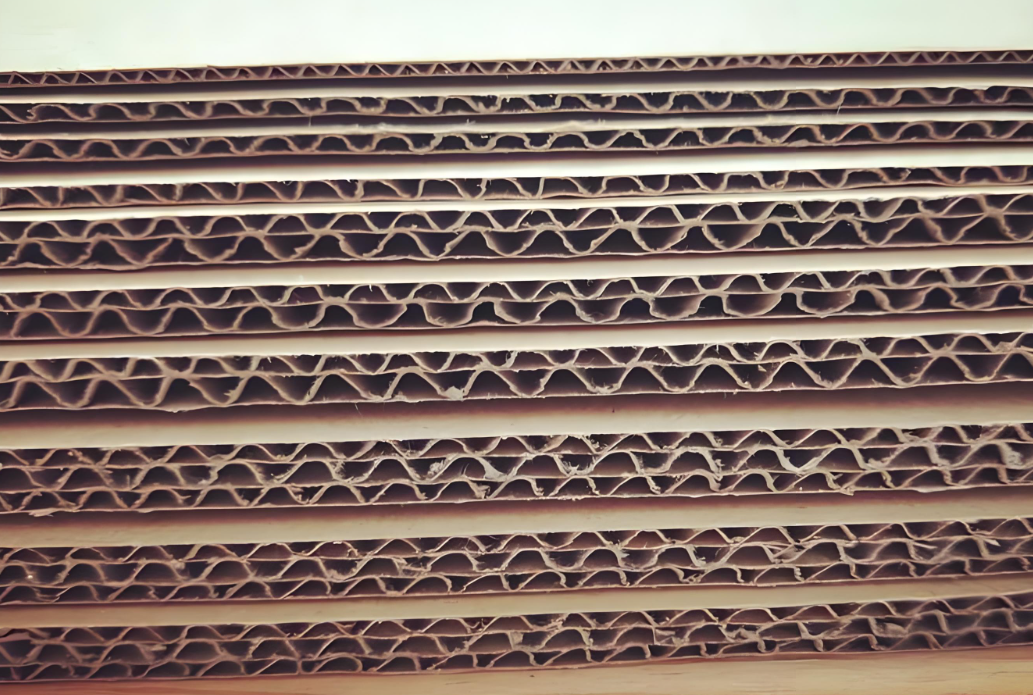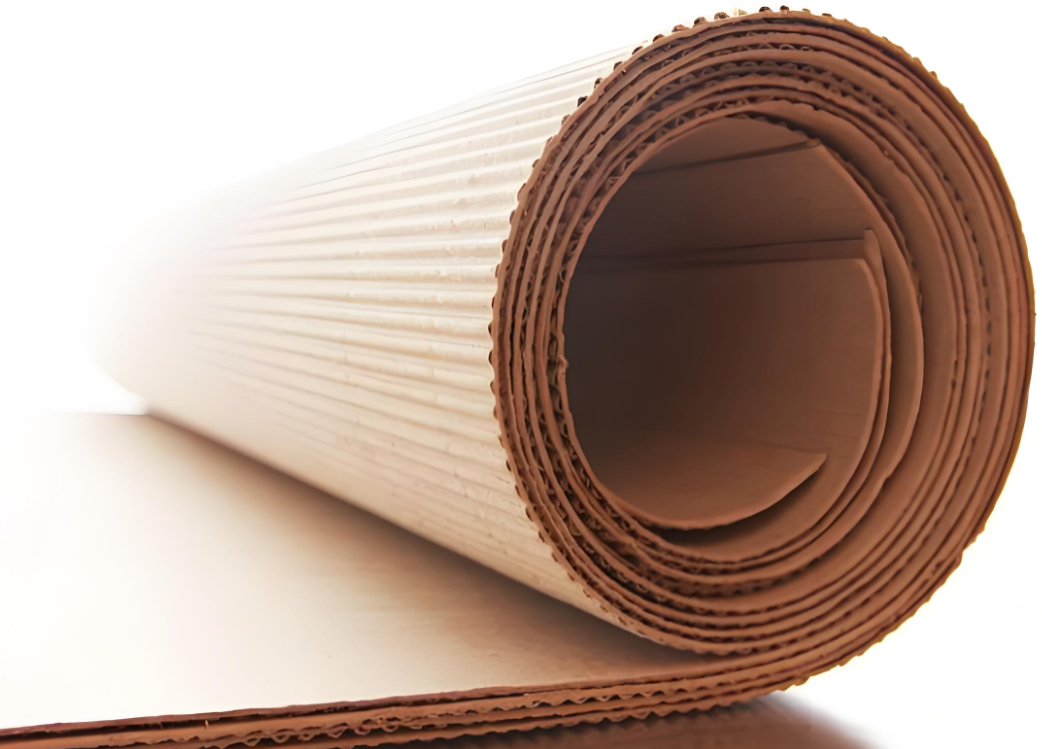Cardboard Packaging Solutions: Eco-Friendly, Safe, and Brand-Enhancing
In modern logistics, retail, and e-commerce, packaging not only protects products but also directly impacts a company's brand image and customer experience. Cardboard, due to its low cost, high customizability, lightweight and durable design, and high recyclability, has become one of the most commonly used materials for packaging and shipping a wide range of goods.
In their daily operations, businesses must not only prioritize product packaging safety but also consider its environmental friendliness and brand value. Through well-designed cardboard packaging, companies can enhance customer trust and professional brand image while ensuring efficient logistics.
MTPAK has accumulated extensive experience in providing customized packaging services for clients, including food packaging bags, coffee packaging, and eco-friendly paper bags. We have found that cardboard, as a packaging material, not only supports products but also offers comprehensive packaging solutions through structural design and printing processes, enhancing brand recognition with customers.
What are the common types of cardboard packaging?
Different types of cardboard offer different strengths, protection, and visual appeal, allowing companies to flexibly choose based on product characteristics and shipping requirements.
1. Single-layer corrugated cardboard
This type of cardboard is lightweight and commonly used for outer packaging of small or lightweight items, such as disposables, daily necessities, or express delivery liners. Its advantages lie in its low cost and fast processing, making it ideal for short-term shipments or temporary proofing.
2. Double- or triple-layer corrugated cardboard
Multi-layer corrugated cardboard is preferred for longer shipping distances and heavier cargo. The more layers, the greater its cushioning properties, protecting it from crushing and impact during long-distance transport. Food packaging, electronic product boxes, and industrial accessories often utilize this structure to ensure the safe arrival of products.
3. Grayboard (grayboard core paper)
Grayboard, due to its sturdy texture and smooth surface, is widely used in high-end gift boxes, display boxes, and inner packaging. It maintains its shape while projecting a high-end, substantial visual effect. It is often combined with lamination, hot stamping, embossing, and other processes, becoming a key component in brand image presentation.
4. Specialty Cardboard
For specific scenarios, companies can also choose cardboard materials with specialized properties. For example, moisture-proof cardboard is suitable for cold chain and fresh produce transportation, while oil-proof cardboard is common in the catering and baking industries. Recyclable or recycled environmentally friendly cardboard is the preferred choice for brands pursuing sustainable development.
What are the advantages of cardboard over other packaging materials?
Among numerous packaging materials, cardboard has long held a dominant position in the market not only because it's practical but also because it strikes a balance between environmental friendliness, efficiency, and brand presentation.
1. Environmental Protection and Recyclability
Cardboard's greatest advantage lies in its sustainability. Made from plant fibers, it's naturally biodegradable and recyclable, meeting the current brand's pursuit of eco-friendly packaging. For companies prioritizing a green supply chain, cardboard is an ideal choice for reducing their carbon footprint.
2. Lightweight and Efficient
Cardboard's lightweight structure is sufficient for shipping most goods. Compared to plastic or metal packaging, it significantly reduces shipping weight and storage costs while maintaining protective properties. It also facilitates manual handling and stacking.
3. Cost-Affordability and Proven Technology
Cardboard packaging's readily available raw materials and mature production processes allow for mass production and flexible adjustments in thickness and structure to meet demand, helping companies maintain a stable supply while staying within budget.
4. Customizability and Brand Expression
Thanks to its excellent printability, cardboard easily incorporates brand logos, patterns, and colors. Whether it's a minimalist e-commerce packaging or an exquisite display gift box, cardboard can achieve a unified visual identity and brand tone.
5. Reliable Protection
Modern cardboard utilizes a multi-layered structure to provide shock, pressure, and scratch resistance. Combined with a suitable lining design, it can withstand the complex environments of long-distance transportation.
What factors should companies consider when choosing cardboard packaging?
Different products have different packaging requirements. When selecting packaging, companies can consider the following aspects:
1. Product Weight and Size
The thickness and number of corrugated layers in the cardboard determine its overall load-bearing capacity and compressive strength. Lightweight products can use a single-layer structure, while large or fragile items require double or triple-layer corrugated board to ensure they resist deformation and collapse during stacking and transportation.
2. Transportation and Storage Environment
If products require long-distance transportation or storage in humid environments (such as coastal areas or cold chain warehouses), it is recommended to choose cardboard with a moisture-proof coating or high-strength corrugated structure to prevent moisture softening and compression deformation.
3. Brand Presentation and Visual Expression
Packaging is more than just a protective layer; it is also part of the brand image. Companies should choose printing solutions based on their product positioning, such as color printing, hot stamping, UV treatment, and embossing, to enhance visual recognition and tactile experience, ensuring that the cardboard packaging is both stress-resistant and aesthetically pleasing.
4. Cost and Sustainability
Excellent packaging does not necessarily mean high costs. By rationally selecting cardboard weight, reducing unnecessary lamination, and using renewable materials, companies can achieve a win-win situation in terms of environmental protection and cost while ensuring safety and aesthetics.
Conclusion
Cardboard packaging is not only an efficient, economical, and environmentally friendly packaging material, but also a crucial tool for businesses to enhance their brand image and customer experience. By carefully selecting cardboard type, thickness, and printing process, businesses can ensure product safety during logistics and transportation while also enhancing their professional image during display and promotion.
MTPAK offers comprehensive flexible packaging solutions and custom printing services, including material selection, structural design, custom printing, and environmentally friendly solutions. If your business is looking to enhance packaging quality while strengthening its brand value, please contact MTPAK for professional consultation and customized services.
Email:account@mtpak.com
Contact us:https://mtpak.com/contact-mtpak



